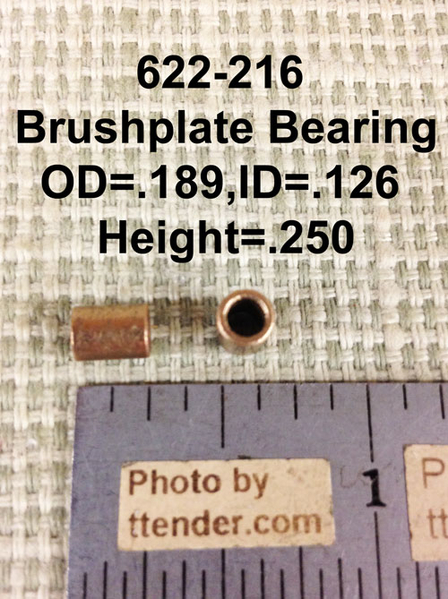We all know that sound – the “galled bearing” sound, something between a small screech and a slight moan. I used to believe that it was exclusively the province of metal parts, metal shaft against worn sleeve bearing, or worn sloppy gears spinning on a worn sloppy stud, type of thing. What I have discovered in working with older engines is that many times the fiber plate brush holders make that same sound. How do I know? One itty bitty teeny weeny drop of oil on the armature shaft, right where it goes thru the brush holder, and bam! Total silence. Problem is, the oil doesn’t stay put! It doesn’t take long and it’s noisy again. So I tried red n Tacky, also in very modest amounts – this works the same, but lasts a bit longer. Also the higher viscosity audibly reduces rpm by a very small amount, but it works fairly well … until now.
I have this one brush plate that just won’t quit. As you apply oil or grease, bam! Instant fix … for a few minutes. Then back to the noise! The surprise in this is that the armature seems reasonably stable in the hole, not much side play … but obviously there is enough to create this noise!
I will put a new one on order soon enough, but just before I do, does anyone know any tricks to make a more permanent bearing out of the fiber board used on these old brush plates?
The offending brush plate from a 224E shown below.






